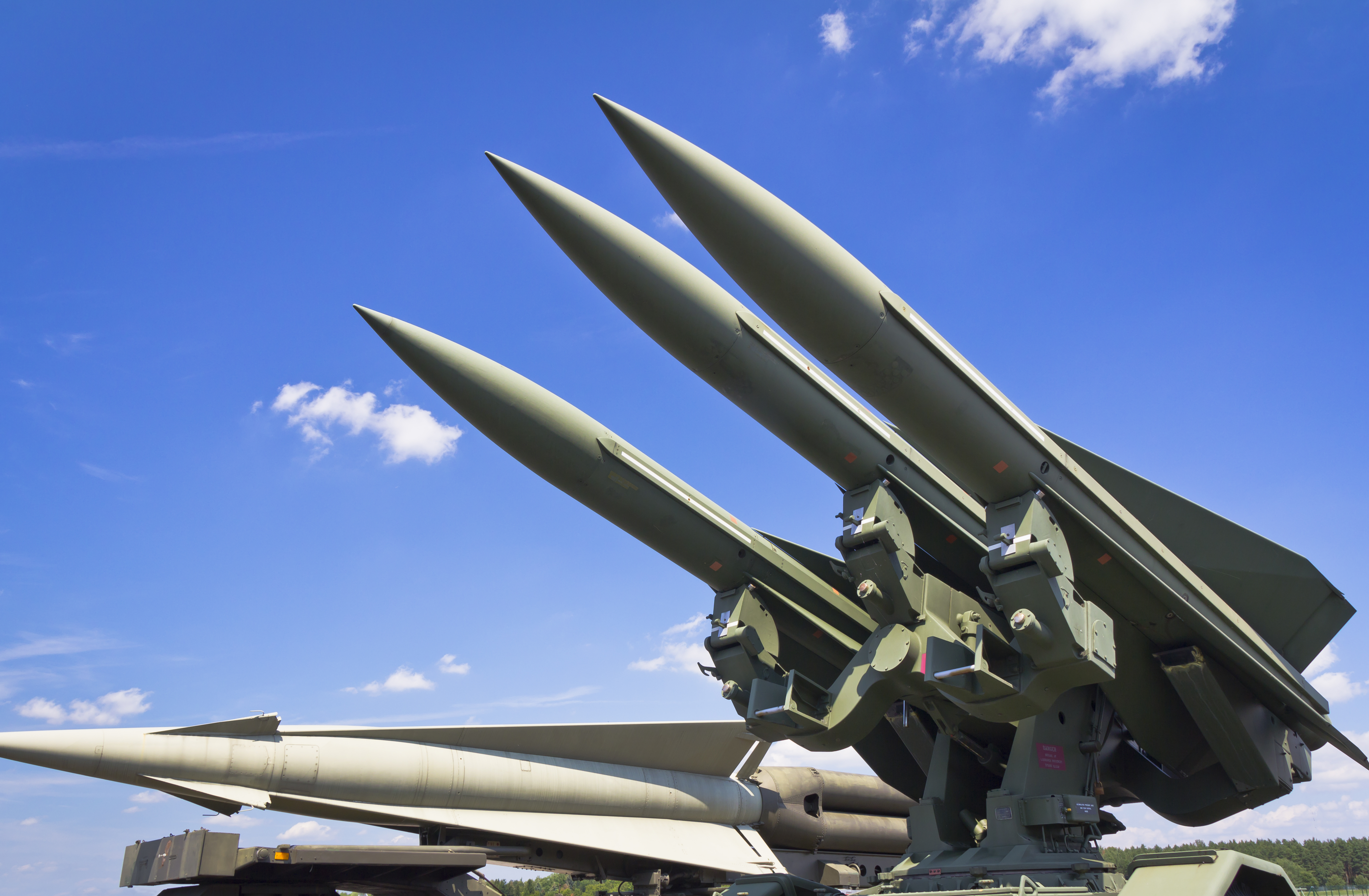
Dividends aren’t just numbers on a page. They’re the quiet confidence that a company knows how to turn a profit and isn’t afraid to share it with you. Like a well-worn revolver, they’re reliable when everything else feels like smoke and mirrors.
Some folks think dividend stocks are as exciting as watching paint dry. But there’s poetry in those payouts—a signal that a business doesn’t just scrape by; it thrives. And when a company can crank up its dividends year after year, you know it’s got staying power. The kind of stock you tuck away and forget about until it’s made you richer than sin.
But let’s not kid ourselves. Even the best stocks take hits. Take Lockheed Martin (LMT), for instance. It’s down 25% from its peak while the rest of the market is breaking records like a jukebox in a dive bar. What gives? Is this dip a death knell or a golden opportunity?

Why has Lockheed Martin fallen so hard while the market dances?
It’s always suspicious when a titan stumbles while the world cheers. Lockheed Martin isn’t just another cog in the machine—it’s practically welded to the U.S. military-industrial complex. This outfit sells everything from missiles to satellites, keeping Uncle Sam armed to the teeth across land, sea, and space.
So why the cold shoulder from investors? Blame Boeing. When Lockheed lost out on building the Next Generation Air Dominance fighter jet—the flashy new toy everyone wants—it left a sour taste. Investors looked at the F-35, Lockheed’s flagship program, and saw delays and costs piling up like unpaid debts. Boeing’s F-47 promises to swoop in by 2029, but anyone who bets on timelines in this racket is either naive or desperate.
Don’t count Lockheed out just yet
Sometimes the market overreacts faster than a trigger-happy rookie cop. Sure, Boeing might have won the contract, but turning blueprints into bombers isn’t child’s play. If the F-35 taught us anything, it’s that these projects are as predictable as a stray cat in a thunderstorm. And until the F-47 proves itself, the F-35 remains king of the skies.
Lockheed’s not sitting idle either. Plans are underway to upgrade the F-35, squeezing next-gen performance without next-gen price tags. Politicians love a bargain almost as much as they love photo ops, so don’t bet against Washington sticking with what works.
And then there’s the rest of the arsenal—satellites, missile systems, classified projects whispered about in shadowy corridors. One such project, described as “game-changing,” could keep Lockheed front and center in the defense game. Management’s betting big on it, even if recent earnings took a hit.
What makes Lockheed a keeper?
For the long-haul investor, Lockheed still packs a punch. Its dividend is no slouch, yielding close to 2.9%. For two decades, management has raised it like clockwork—8.8% annually over the last ten years. That’s the kind of consistency you can build a retirement on.
The sell-off has dragged the stock down to bargain levels. At 20 times trailing free cash flow and just 14 times projected 2025 cash flow, it’s priced like yesterday’s newspaper. Analysts peg earnings growth at 10% to 11% annually over the next few years. Wall Street expects total returns between 12% and 14% if things go according to plan.
Right now, Lockheed’s stock carries more baggage than a fugitive crossing state lines. But if the winds shift—and they often do in this business—you could be looking at serious upside. Betting on Lockheed isn’t just investing; it’s backing one of the pillars holding up America’s national security. And sometimes, faith pays better than fear 💼.
Read More
- Fed’s Rate Stasis and Crypto’s Unseen Dance
- Silver Rate Forecast
- Blake Lively-Justin Baldoni’s Deposition Postponed to THIS Date Amid Ongoing Legal Battle, Here’s Why
- Gold Rate Forecast
- Ridley Scott Reveals He Turned Down $20 Million to Direct TERMINATOR 3
- Красный Октябрь акции прогноз. Цена KROT
- MSCI’s Digital Asset Dilemma: A Tech Wrench in the Works!
- Northside Capital’s Great EOG Fire Sale: $6.1M Goes Poof!
- Bitcoin’s Ballet: Will the Bull Pirouette or Stumble? 💃🐂
- ETH to the Moon? 🚀 Or Just a Bubble?
2025-07-26 11:22